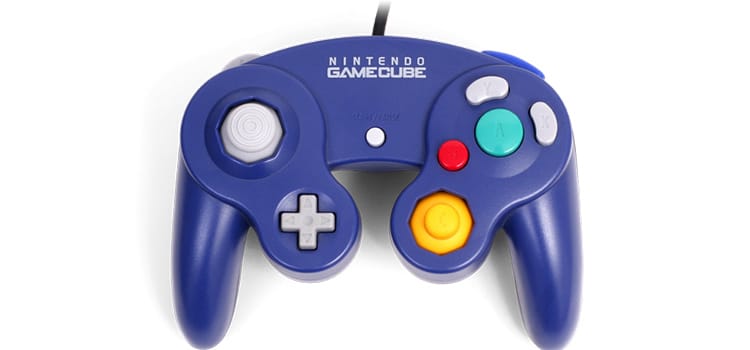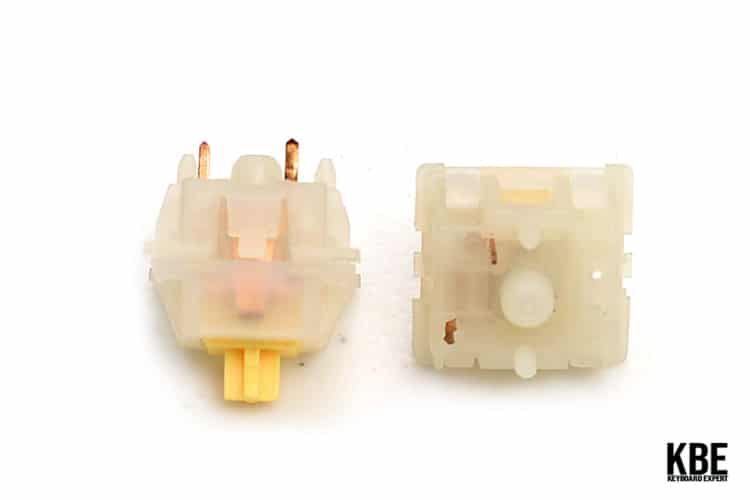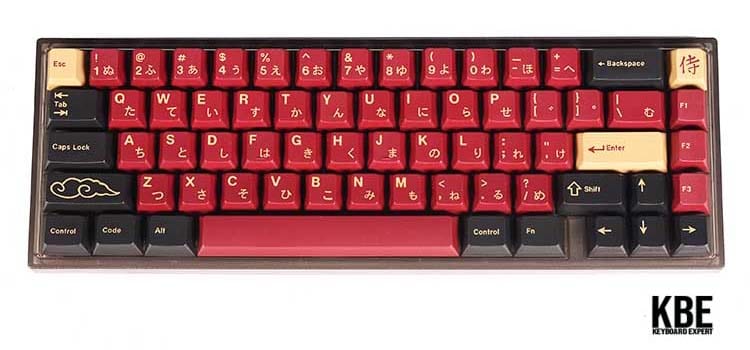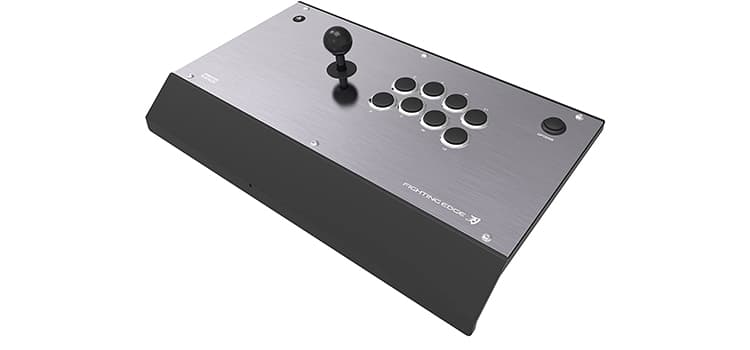
The genre of fighting games is an especially competitive one, despite having just (usually) a two-player setup. As such, you will want the competitive edge when playing. Besides knowing the ins and outs of your preferred game, you will want equipment that will augment your skill as you progress.
When it comes to fighting games, fight sticks are the most preferred input method. They are the standard for professional gamers and have been used since the release of the first fighting game cabinets. And while mechanical keyboards are certainly viable, they still cannot match the feel and accuracy of fight sticks.
Fighting games have their roots in the arcade scene. Two players seated beside or in front of each other battle it out in the arcade cabinets. The most popular titles/series to come out of this genre are Street Fighter, Tekken, Marvel vs. Capcom, Mortal Kombat, and King of Fighters, among others. These titles have also found their way into consoles, allowing for a setup similar to the arcade era. More relevant, especially recently, fighting games can be played online.
This online setup allows for vast input devices to be considered when playing. Fight sticks and console controllers (also called pads) are arguably the most popular inputs. Fighting games being available for PC now brings mechanical keyboards forward into the conversation.
With the number of fighting game titles available for the PC, it begs the question. Do casual and competitive players need to purchase a fight stick, or can they just use their mechanical keyboards? And if they do decide to use their mechanical keyboards, will they be losing a competitive edge?
In this article, we will be aiming to answer that question. We will also be diving deeper into mechanical keyboard switches used for fighting games for potential buyers. We will also be answering some commonly asked questions for fighting sticks to help consumers come up with the best purchase decision.
Brief Introduction To Mechanical Keyboards

Mechanical keyboards, as opposed to the usual membrane keyboards, are computer keyboards that have individual switches under the keys. Mechanical keyboards are known for not having the mushy feel of membranes, with every keystroke having a distinct feeling to them. Mechanical keyboards are also known for having a feature called “N-key rollover,” allowing multiple inputs to be simultaneously entered, as opposed to the usual 6 keys.
Brief Introduction To Fight Sticks

Arcade sticks, also known as fight sticks, are controllers specifically made to emulate the feel and layout of the classic joystick + 2 rows of buttons arcade cabinets have. Fight sticks are usually wide enough to be set on your lap but are not too big to be set on a table, allowing you to set up as you prefer.
Why Fight Sticks are Superior For Fighting Games

Fight sticks, as their name suggests, have been the reigning input for fighting games since the genre started. The idea of having your whole hands available for use in inputs is similar to why FPS players lower their sensitivity. The trade-off of higher physical motion demanded cleaner, more precise execution is just too good to pass up.
It isn’t far-fetched to say that the best players use a fight stick. A lot of them grew up playing fighting games in arcades. Being used to the arcade input, they still use fight sticks and still deliver results to this day. Even younger, up-and-coming players rising the ranks use fight sticks. This is surely a testament to how reliable fight sticks are with improving.
Fight sticks also have the advantage of acquired skills/movement having easy carry-over to other fighting games. Although 3D and 2D fighters play very differently, the motions you learn with the stick and buttons translate well to other titles.
Why Mechanical Keyboards are Feasible For Fighting Games

A lot of PC players probably have their own mechanical keyboard already. There’s no denying how much more precise their inputs are compared to membrane keyboards. Said precision is extremely beneficial when playing fighting games.
Fight Stick and Mechanical Keyboard Durability
For both peripherals, the expression “you get what you pay for” most certainly applies. If you cheap out, expect your peripheral to not last as long as you might like. But at the same time, you don’t have to shell out endgame money just to get a peripheral that will last you a good while. It is worth noting that arcade-spec parts can take on the wear and tear of longer sessions if you’re the type to have multiple hours per session.
As always, if you take care of your peripherals, they can last you quite a while. Assuming you handle defeat well and with grace, expect no replacement of parts (or a whole peripheral) soon enough.
Which One Should You Choose?

Before you make a decision, you must first consider a lot of other factors before making your purchase. You have to remember that fight sticks may not be necessary for other things outside of fighting games. Consider buying a fight stick if you really want to dedicate yourself to playing fighting games.
A mechanical keyboard is a very versatile peripheral. From simple typing to gaming, mechanical keyboards have proven to be a staple in anyone’s setup. If you want to take fighting games seriously using a keyboard, remember that in local events, their setups may not be able to accommodate using a keyboard (i.e., tournament running console).
Other Viable Controllers For Fighting Games

With a lot of fighting game home releases being on consoles, a lot of people learned to play fighting games on a controller. Even very casual players will find playing with a controller very simple. With controls being allowed to be bound to the bumpers and triggers, there is less of a need to do finger-bending positions to do multi-button inputs on a controller.
The Super Smash Bros series of fighting games had huge success with its Nintendo 64 and GameCube releases. Because of this, N64 and GameCube-style controllers have been highly sought after. So much so that there are official N64 and GameCube controllers for the Nintendo Switch.

If you want very precise movement inputs while saving your joystick arm from the wrist motions with a traditional fight stick, the Hitbox controller might be for you. It has the form of a fight stick with the joystick replaced by 4 buttons for directions. You may also want to consider getting a Hitbox controller if you want to transition from keyboard play to arcade-style controllers but prefer keyboard movement over the joystick.
A closer middle ground between keyboards and fight sticks is the Mixbox. It is pretty much a Hitbox with the directional buttons configured like they would on a keyboard. These directional buttons use mechanical keyboard switches as well, a big plus if you really want that keyboard movement and feel.
Mechanical Keyboard FAQs For Fighting Games
Best Switches For Fighting Games
There is no single best switch for fighting games. As always, it all boils down to preference. However, I will provide some guidelines on the different types of switches if you need some help to decide on what switch to use.
Linear

Linear switches, having no tactile bump or click, actuate as soon as the legs activate the leaf. This may make mis-inputs a frequent issue, especially with switches that are much lighter. I would not recommend going lighter than a Red switch (~45g actuation force).
Tactile

For tactile switches, the bump really helps identify when you’re inputting or not. This way, you could easily determine if the mis-input was indeed a human or equipment error. Tactile switches with very pronounced bumps and a heavy actuation can be very tiring to use during long gaming sessions. Light tactile with no pre-travel may suffer the same mis-input issue you might encounter with linear switches.
Clicky

Clicky switches will have a very obvious indicator that the input happens. Be sure to consider how others around you will react to the sound of repeated clicking. If you do enjoy clicky switches, though, you will surely love the sound of Korean Backdashing on a switch like Box Whites.
Best Keyboard Size For Fighting Games

The 65% layout is arguably the best and most versatile layout among the small layouts. It has an arrow cluster, making navigation much more intuitive than the 60% layout. There are enough keys to bind for standard gameplay (unless somehow you use function keys for fighting games). It is also a very portable layout, being very easy to bring around if you intend to use it outside your home setup.
Are Custom Keyboards Worth It For Fighting Games?

If you intend to build a custom keyboard solely for playing fighting games, you’re better off just building a board for general use. Fight sticks and other similar controllers still offer a much better experience with fighting games. Though if you already have a custom keyboard, using it for fighting games is not a bad choice.
Fight Stick FAQs For Fighting Games
Are All Fight Sticks the Same

Not all fight sticks are made equal. It was mentioned earlier that cheap out on your equipment you may regret it. To prove this, I will be quoting a direct experience.
I used to have a Hori Fighting Stick Mini, which retailed for just under $40. And unfortunately, I had to get it replaced within 2 months of use. After around 4 months, it broke again. Then I decided to just donate it to my friends at my local FGC for parts harvesting and replacement. This is not to discredit the Hori brand, though, as one of my friends has had their Hori RAP fight stick for over 4 years by now, being his trusty fight stick for multiple tournaments across the years.
Fight Stick Switches
Sanwa/Seimitsu
These two names are ubiquitous in the discussion of Japanese microswitches. Pretty much every big-name fight stick uses Sanwa switches. They have been used in arcade cabinets for quite a while already, so their durability is definitely second to none. The typical profile of a Sanwa switch is slightly mushy yet very sensitive. Seimitsu switches, on the other hand, are less sensitive than Sanwa and have a light clickiness to them. These switches are recommended for those with tendencies to press on the lighter and faster side.
Happ
Think of Happ as the American equivalent of Sanwa. A brand with a long-standing reputation for arcade parts, so you know they are very durable as well. Compared to Japanese brands, Happ switches require a lot more pressure to actuate. This means the switch is good for those with heavy hands that press hard.
Cherry MX
Gamerfinger was a vendor that sold arcade buttons that used Cherry MX switches instead of the traditional arcade microswitches. A lot of players liked the feel of mechanical keyboard switches. It is also very simple to manage wiring with mechanical keyboard switches, making modding very easy.
Lever/Joystick Types
There are two main joystick types. They come in many different names, but for this article, we will categorize them as Japanese and Korean. Besides their countries of origin, there are many more distinctions between the two types listed below.
Japanese
- Ball/Lollipop Top
- Spring is used to return the stick to neutral
- Clicks when switching direction
- Minimal resistance when moving the lever
- Uses gates, allowing one to feel the direction of movement easier
Korean
- Bat top
- Rubber grommet is used to return the lever to neutral
- No clicks with more travel time before actuation
- Slight resistance when moving
- No gates, meaning your directional inputs have to be pretty spot on
All in all, it comes down to preference. If you like the feeling of knowing your inputs are where they are, you should choose the Japanese lever. If your moveset requires quite some neutral input (i.e., Mishimas in Tekken), the nature of Korean levers might be quite useful to you. Regardless, you still have to get used to whichever lever you’ll use.
Fight Stick Durability and Parts Replacement

While a good fight stick can last you quite a while, you might still encounter moments that require the replacement of parts. Luckily, it isn’t the 2000’s anymore when getting individual arcade components was quite a hassle. Generally, a lot of online selling platforms have vendors selling switches, levers, etc. Most fight sticks also use wiring that doesn’t involve any soldering, so swapping out parts isn’t a tedious task.
As with your fight stick, investing in good switches will save you time and money. For example, an imitation Sanwa switch will not last as long as the original. It may need replacement every 8 months or less with heavy use. There will come a point where you’ve replaced enough switches to be able to replace your whole stick’s buttons full of Sanwas.
Stephen is the head content creator of Keyboardsexpert. His mechanical keyboard journey began in 2014 when he got his Razer Blackwidow. Since then, he has been fascinated with all things mechanical keyboard-related. He later discovered the custom keyboard hobby and fell in love with the vast customization options. He is currently searching for his endgame and is very excited to share his journey and educate other keyboard enthusiasts.



